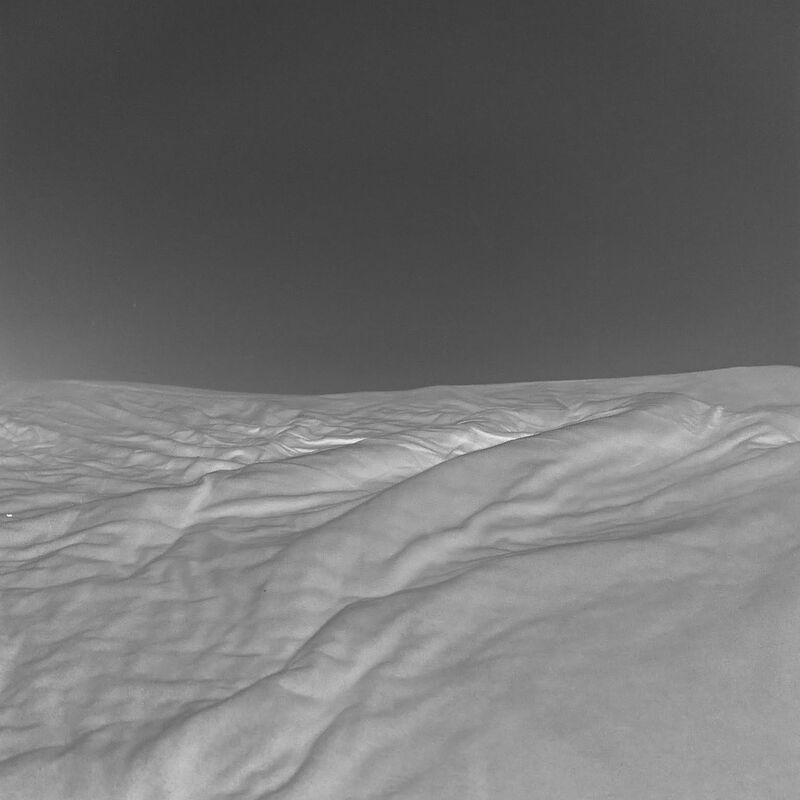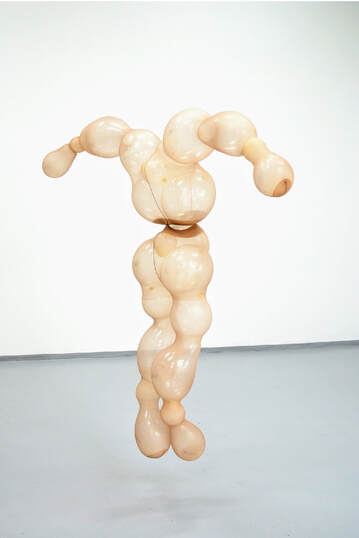|
TERESE STENHJEM USES IMITATION AS A WAY OF UNDERSTANDING NATURE. SHE TRIES TO IMITATE, ISOLATE AND SIMPLIFY NATURE.
CARMEN HUST | ARTICULATE GALLERY | MAJ 2020 Terese Stenhjem (b.1986) is a Norwegian video and installation artist who works within the theme of nature, technology, science and the future. She is a first-year Fine art master's student at The Art Academy - Department of Contemporary Art at the Faculty of Arts, Music and Design, University of Bergen. Stenhjem is on the board of the B-open, one of Bergen's biggest art festivals. She is a coordinator for Monday Lectures, a lecture series organized by two of the first-year Fine art master students. She holds a bachelor's degree from the Academy of Fine Arts at Bergen Academy of Arts and Design and has been on an exchange at Emily Carr University of Art and Design in Canada. Stenhjem's works have previously been shown in Canada, Italy, Denmark and Norway.
The creative process of Terese Stenhjem is quite playful. Her drive to create art comes from a need to explore materials and also a need to work with deep concentration. Being in a place in her mind where she’s in touch with the feeling of flow. Stenhjem experiences this much like what she imagines an explorer, or an astronaut would feel seeing something for the first time. This feeling makes her come back to keep constructing and continuously search for new views.
The preferred media of Stenhjem differs, but she often uses synthetic materials like plastic and styrofoam or materials like cardboard or cotton that also have an unnatural way of being produced. She finds these materials interesting because they are so far from representing what nature is. Nature is so diverse and always trying to keep everything in balance. Yet the base of which the synthetic materials themselves are made of are natural elements.
|
There have also been some tendencies of species adapting to breaking down synthetic materials. From a philosophical point of view, she therefore started to think of a scenario where synthetic materials would become a part of nature. In her work she tries to replicate nature elements with synthetic material creating a natural looking world made from unnatural materials. Each time she creates one of these worlds she adds a new view to the synthetic world as a whole.
The works of Terese Stenhjem are a mixture of pre-thought works and works that emerge on their own. At the moment she’s working a lot with nature, so nature is the baseline of her work. In the end she needed to connect her work back to nature. She often works from a theory or an idea. She often gets ideas that she sketches or writes down in her sketchbook, so when she works on something new, she always starts with the ideas she already has sketched down. Often things change during the process. Maybe something didn't work the way she thought, or when working physically she gets a new idea and everything changes.
TERESE STENHJEM | VESSEL
May 15th - August 1st 2020 Since 2009 Stenhjem has been working on the project "Vessel". It deals with different types of bodies, focusing on technology, science, time and the future. The project consists of different studies and exploration of chambers and membranes in which we are located. Stenhjem is interested in topics like time and human nature. How we are irreversibly traveling through time and how we treat ourselves and other lives.
|
To Terese Stenhjem answering the question of what sets a good composition is difficult, because a good composition varies on what kind of style one works within and what one wants to say. To Stenhjem, composition is important in all works because it tells a story to the viewer what's important or what the viewer should look at first. In her work she tries to keep her compositions very clean and creating a balanced naturally looking composition.
Artists who inspire Terese Stenhjem are often quite playful artists, who have a strong material language. Artists who take a media and change her view or impression of that material and also artists who work with installation and use the space in some sense. Artists like the American video- and new media artist Peter Campus (b. 1937), the American multimedia and installation artist Tony Ousler (b. 1957), the Australian installation and performance artist Michael G. F. Prior, the Norwegian artist who works with real time environments, installations, live performance, set design and single channel video HC Gilje (b.1969), the Dutch video artist Saskia Olde Wolbers (1971) and the German artist Mariele Neudecker (b. 1965). As part of her education, Terese Stenhjem is currently working on a project she calls Mimesis - a concept derived from Greek philosophy. Plato's philosophy claims that the sensible things in the world are the imitations of ideas, and that artists produce imitations of these things. In Aristotle's philosophy, art is considered to be based on imitation, while he considers imitations as sources of recognition and joy.
Terese Stenhjem uses imitation as a way of understanding nature. She tries to imitate, isolate and simplify nature. She’s interested in cycles that are found in nature. In many of her works, she tries to capture moments or memories from nature that she finds meditative or interesting. She tries to emulate or simulate these moments using tools such as video mapping to customize the video projection to the room or object, giving a sense of movement and depth in the objects. She also works with motors and electronics such as table fans or disco-ball motors to bring them to life, and to create a large moving collage.
|
TERESE STENHJEM
|
|
|
|
|
|
|
|















